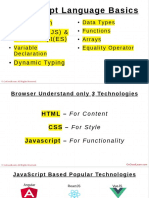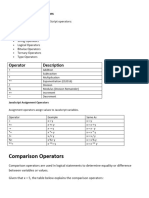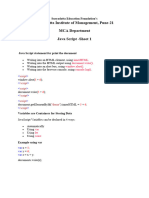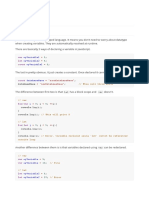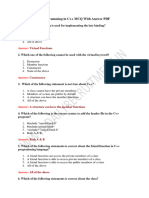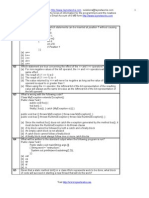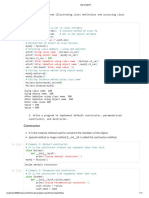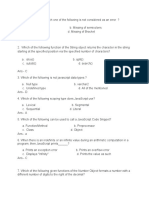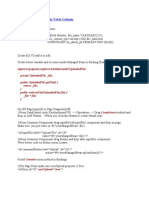0% found this document useful (0 votes)
15 views34 pages03 - Javascript
JavaScript is a client-side scripting language that enables interaction with the DOM in web browsers, allowing actions like showing/hiding elements and making server requests. It includes various data types such as primitives (string, number, boolean) and objects (arrays, functions), and utilizes concepts like type coercion and variable declaration (var, let, const). Additionally, JavaScript supports function declarations, expressions, and arrow functions, along with features like destructuring for easier data manipulation.
Uploaded by
shahfahidbalochCopyright
© © All Rights Reserved
We take content rights seriously. If you suspect this is your content, claim it here.
Available Formats
Download as PDF, TXT or read online on Scribd
0% found this document useful (0 votes)
15 views34 pages03 - Javascript
JavaScript is a client-side scripting language that enables interaction with the DOM in web browsers, allowing actions like showing/hiding elements and making server requests. It includes various data types such as primitives (string, number, boolean) and objects (arrays, functions), and utilizes concepts like type coercion and variable declaration (var, let, const). Additionally, JavaScript supports function declarations, expressions, and arrow functions, along with features like destructuring for easier data manipulation.
Uploaded by
shahfahidbalochCopyright
© © All Rights Reserved
We take content rights seriously. If you suspect this is your content, claim it here.
Available Formats
Download as PDF, TXT or read online on Scribd
/ 34
















